ABQINDUSTRIAL TI-25MXT User manual
Other ABQINDUSTRIAL Measuring Instrument manuals

ABQINDUSTRIAL
ABQINDUSTRIAL HORIBA U-50 Series User manual
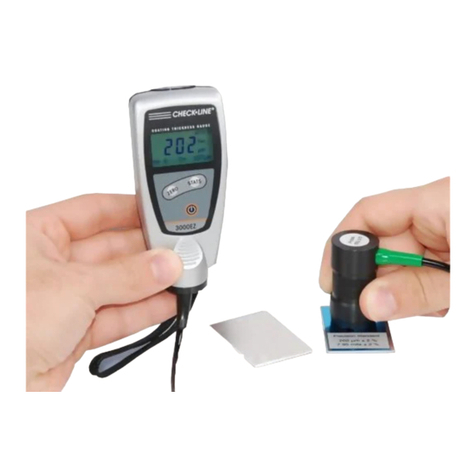
ABQINDUSTRIAL
ABQINDUSTRIAL DCF-3000EZ-E User manual

ABQINDUSTRIAL
ABQINDUSTRIAL DELMHORST J-2000 User manual
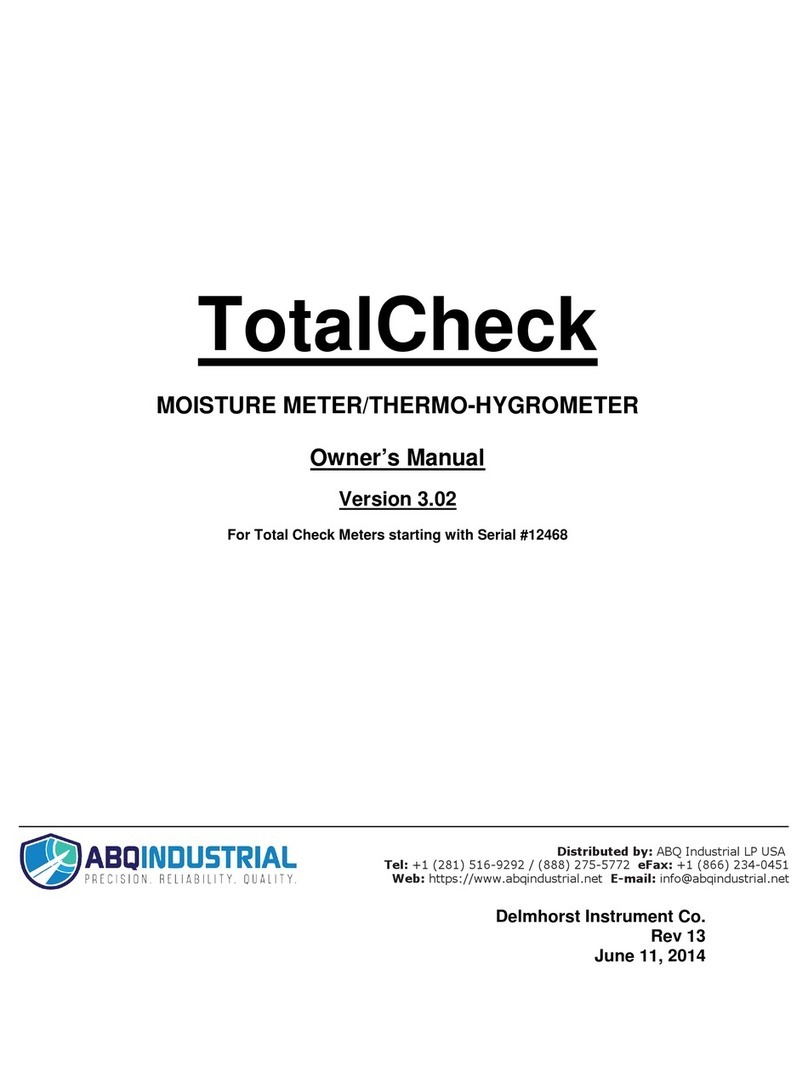
ABQINDUSTRIAL
ABQINDUSTRIAL TotalCheck User manual
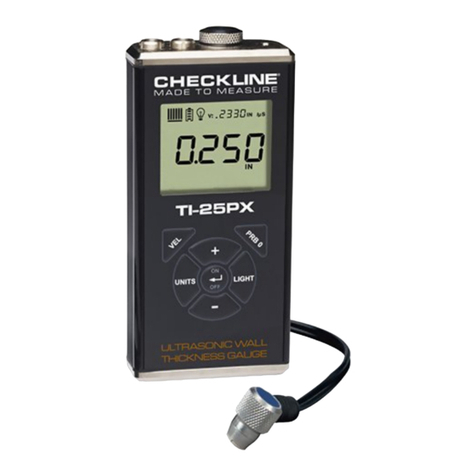
ABQINDUSTRIAL
ABQINDUSTRIAL TI-25PX User manual

ABQINDUSTRIAL
ABQINDUSTRIAL RP6 User manual

ABQINDUSTRIAL
ABQINDUSTRIAL TI-007DLX User manual
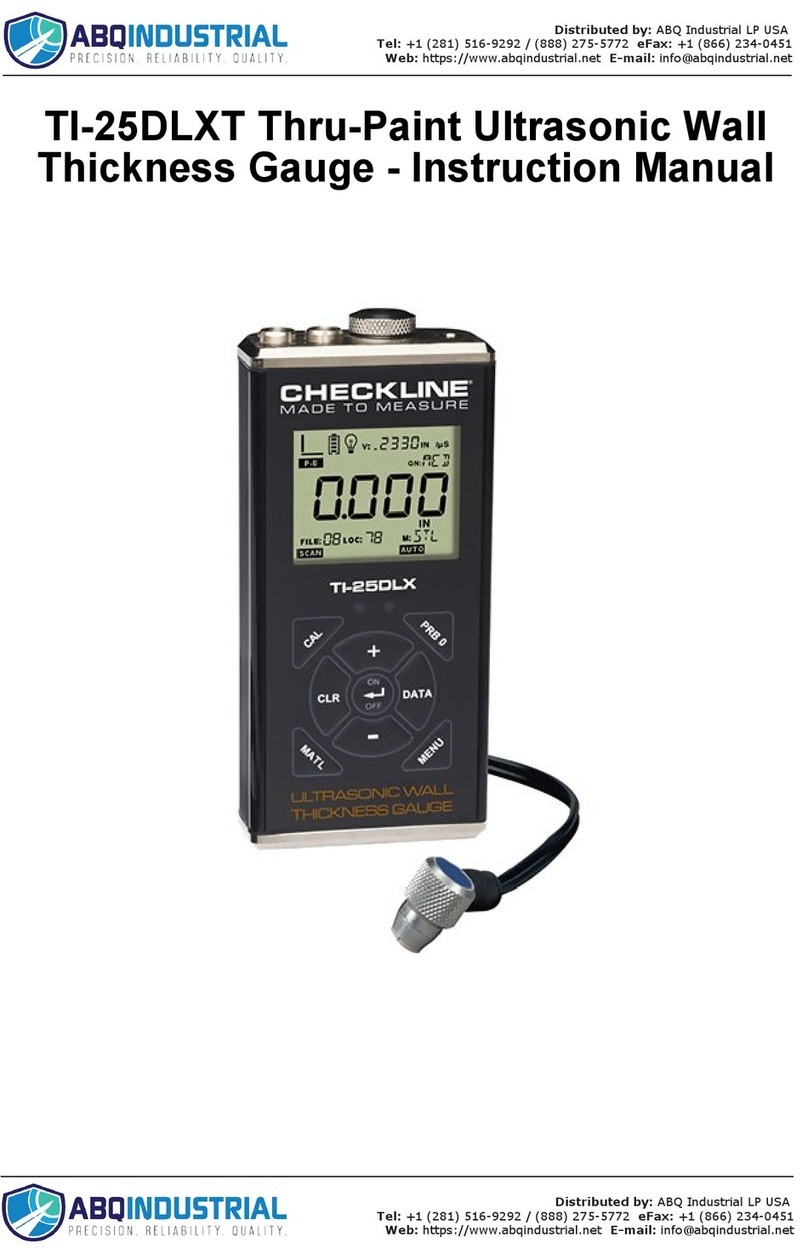
ABQINDUSTRIAL
ABQINDUSTRIAL Checkline TI-25DLXT User manual

ABQINDUSTRIAL
ABQINDUSTRIAL LS-36-LED User manual
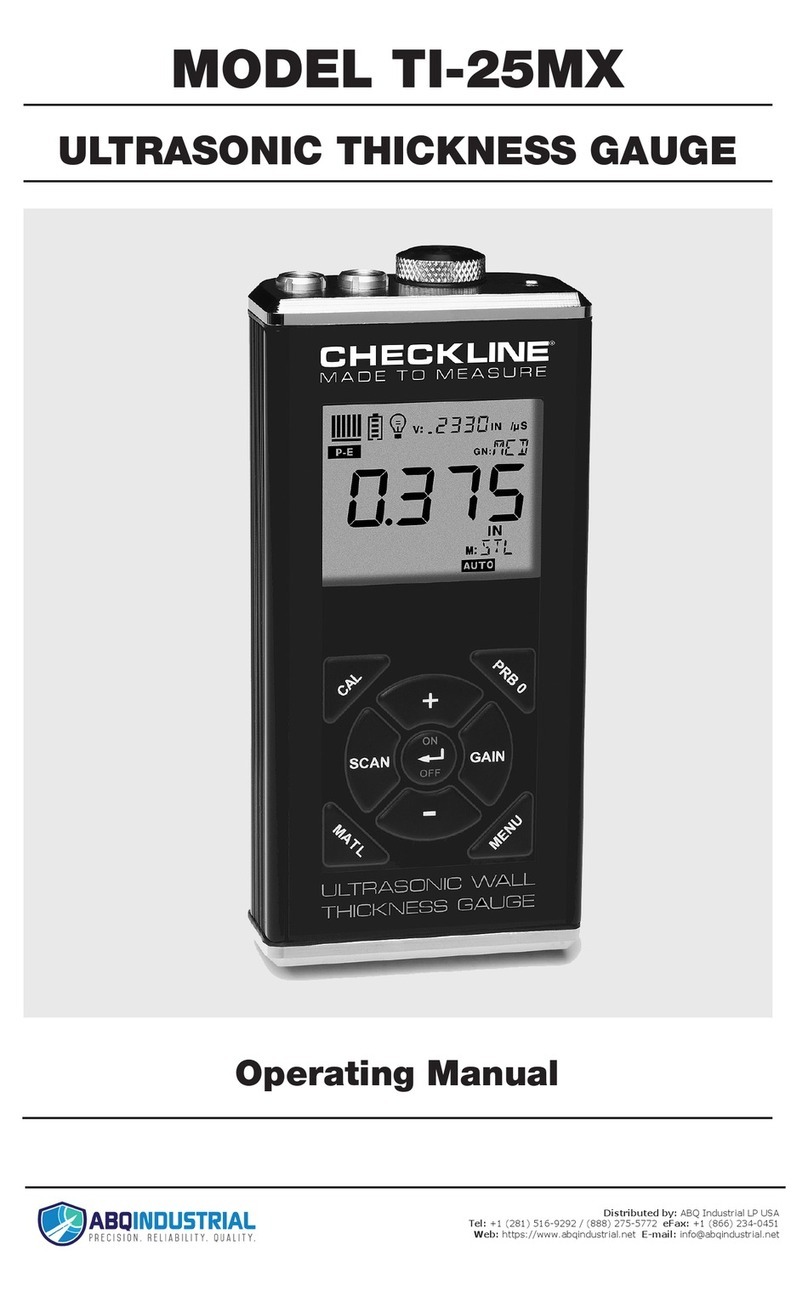
ABQINDUSTRIAL
ABQINDUSTRIAL TI-25MX User manual
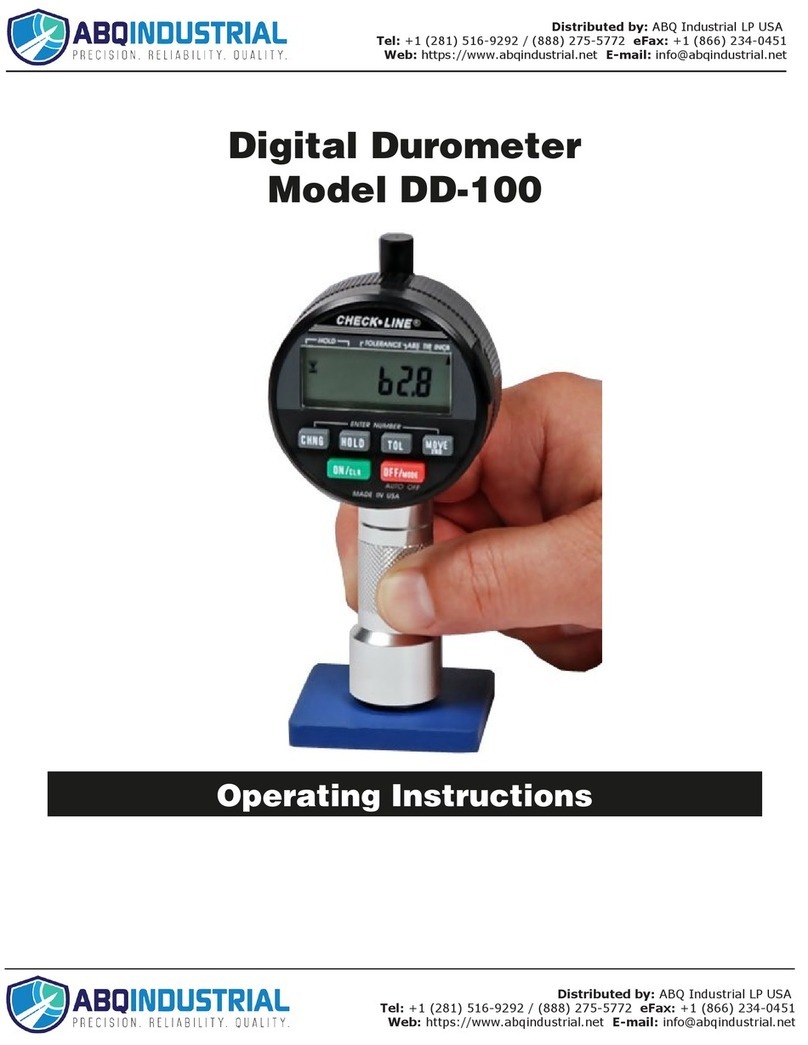
ABQINDUSTRIAL
ABQINDUSTRIAL DD-100 User manual
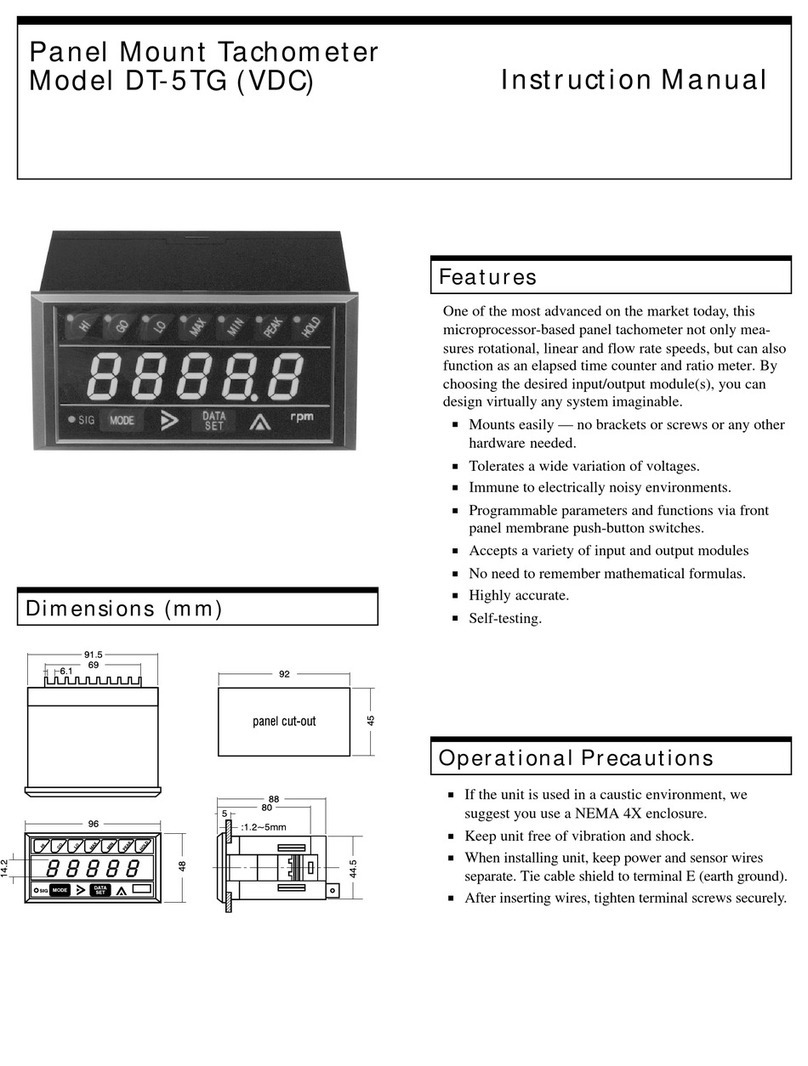
ABQINDUSTRIAL
ABQINDUSTRIAL DT-5TG User manual

ABQINDUSTRIAL
ABQINDUSTRIAL GalvanoTest 3000 Use and care manual
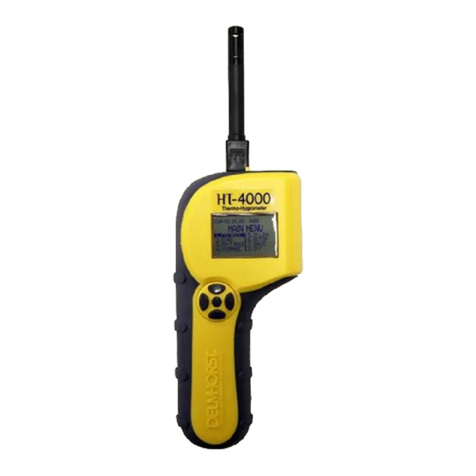
ABQINDUSTRIAL
ABQINDUSTRIAL HT-4000 User manual

ABQINDUSTRIAL
ABQINDUSTRIAL Dakota Ultrasonics ZX-2 User manual
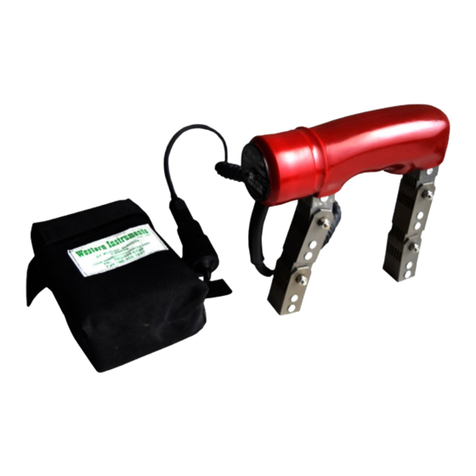
ABQINDUSTRIAL
ABQINDUSTRIAL Western Instruments WC-8 User manual

ABQINDUSTRIAL
ABQINDUSTRIAL SKIPPER 5 User manual

ABQINDUSTRIAL
ABQINDUSTRIAL TI-25MX User manual
Popular Measuring Instrument manuals by other brands

Powerfix Profi
Powerfix Profi 278296 Operation and safety notes

Test Equipment Depot
Test Equipment Depot GVT-427B user manual

Fieldpiece
Fieldpiece ACH Operator's manual

FLYSURFER
FLYSURFER VIRON3 user manual

GMW
GMW TG uni 1 operating manual

Downeaster
Downeaster Wind & Weather Medallion Series instruction manual

Hanna Instruments
Hanna Instruments HI96725C instruction manual

Nokeval
Nokeval KMR260 quick guide

HOKUYO AUTOMATIC
HOKUYO AUTOMATIC UBG-05LN instruction manual

Fluke
Fluke 96000 Series Operator's manual

Test Products International
Test Products International SP565 user manual

General Sleep
General Sleep Zmachine Insight+ DT-200 Service manual















